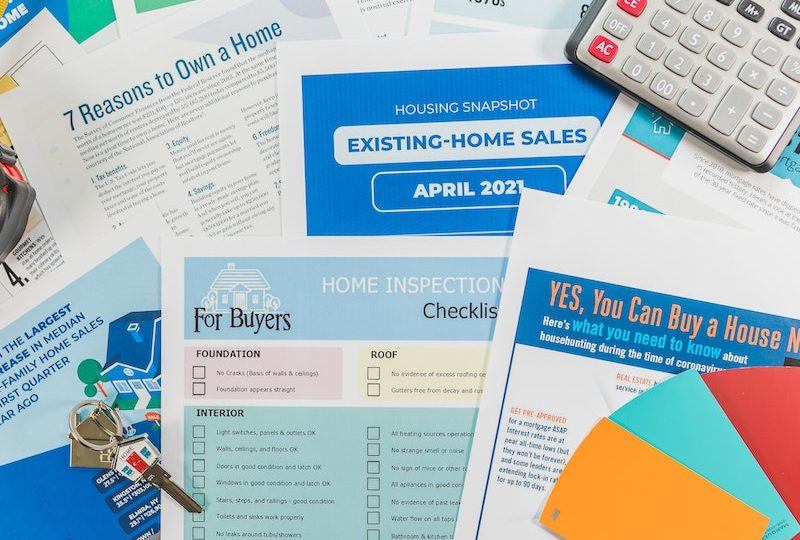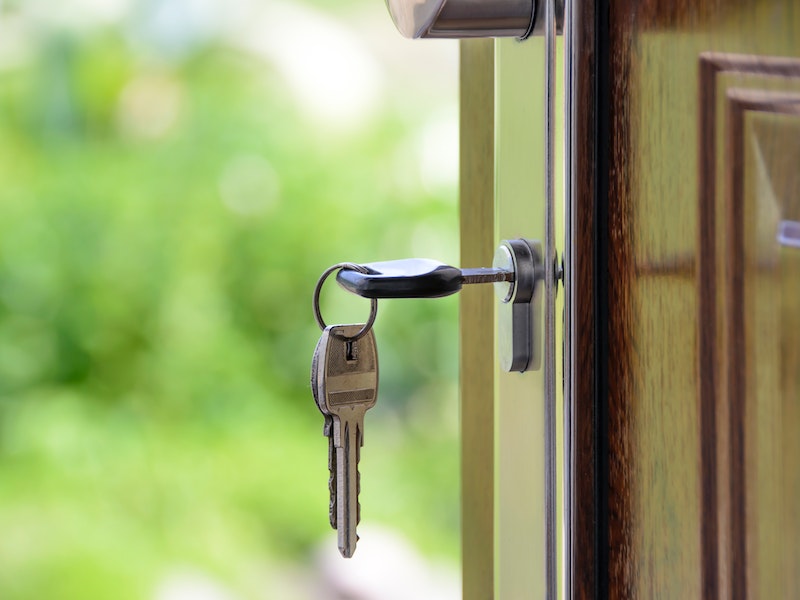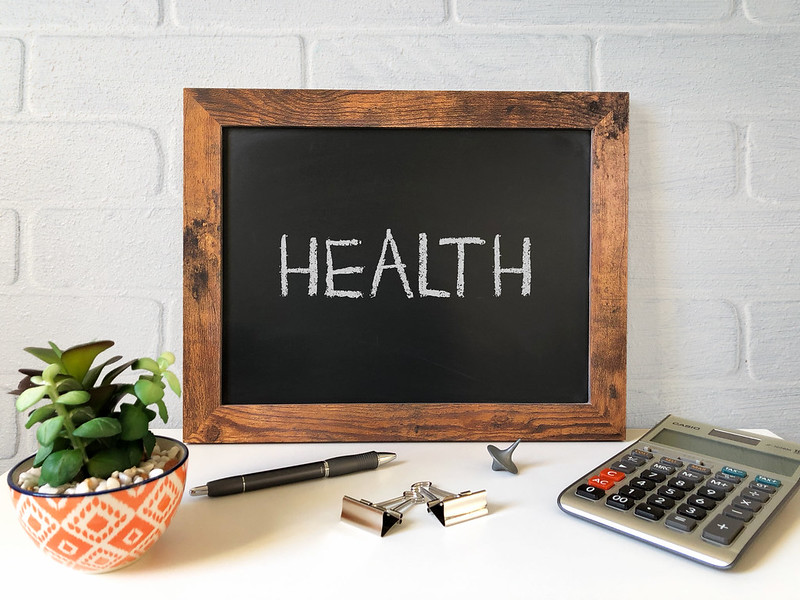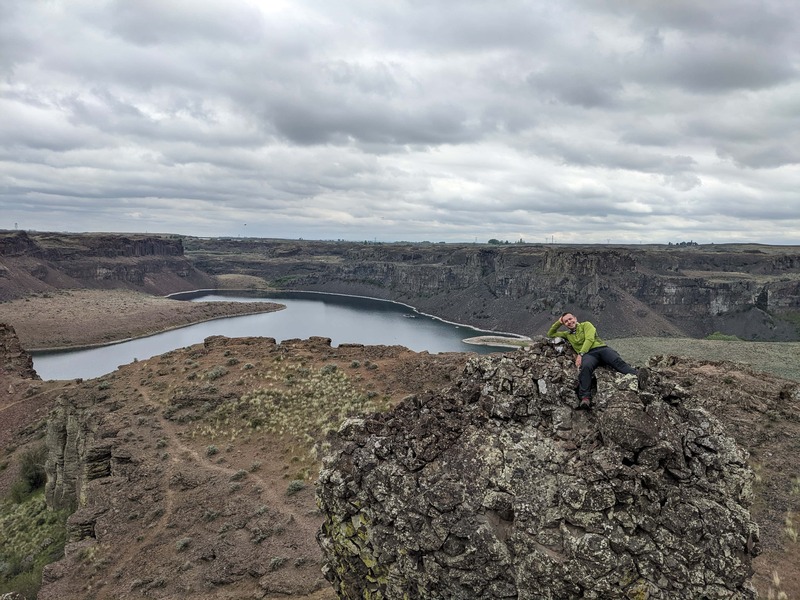If you’re looking to buy your first home, these 10 tips can help you get closer to your dream home faster. With a little preparation and effort, you can save money on your down payment, learn about mortgage types, and get pre-approved for a loan. So what are you waiting for? Start planning your home purchase today!
Start by knowing your budget

When it comes to buying your first home, it’s important to have a realistic budget. There are a number of ways to figure out how much you can afford to spend, and each one will depend on your income and spending habits.
One way to figure out your budget is to use calculators. There are many free online calculators available, like the free Quicken Premier Money Manager or Personal Capital. You can also use apps on your phone, like Mint or MyFico.
Once you have your budget figured out, you’ll need to make sure you have enough money saved up for a down payment. The average down payment for a first-time homebuyer is about 3%. However, there are a variety of methods you can use to come up with the money you need.
You could borrow money from a family member or friend. You could also look into HELOCs (home equity loans). HELOCs let you borrow a fixed amount of money against the value of your home, which means you won’t have to pay interest on the loan.
Or you could use your home’s equity as the down payment. This is where your home’s value (after subtracting your outstanding debt) comes in handy. To figure out how much equity you have in your home, you can use a home equity calculator like this one from Bankrate.com.
Whatever route you take, make sure to keep track of all of your expenses so you don’t overspend and missed out on a chance to buy your dream home.
Make a list of your must-haves
Your must-haves will vary depending on your personal preferences but generally include an adequate amount of living space, a comfortable layout, proper appliances and fixtures, and easy access to amenities.
Some things you may want to include on your list if you’re new to home ownership are: an updated kitchen with all the appliances you’ll need, a bedroom that’s comfortable enough for a nightly sleep, and a backyard or patio that you can use during warm weather.
You don’t have to live in the same city or town you work in – you can find a great first home anywhere in the country. However, it’s important to take into account commuting times, distance from family and friends, and climate.
Pre-approved mortgages, home insurance, and closing costs can shave months off of your homebuying timeline. So be sure to follow up with your real estate agent after each open house so they know what you’re looking for and can point you in the right direction.
Once you’ve picked out a property you’re interested in, it’s time to prepare for closing. Review your closing costs and calculate your down payment according to your financial situation. Then it’s time to make an offer on the home!
Get pre-approved for a mortgage
Getting pre-approved for a mortgage is a key step in the home-buying process. Before you can buy a home, you must first obtain pre-approval from a lender. Pre-approvals are not always needed, but they can save you time and money by narrowing down your selection of homes.
To get pre-approved for a mortgage, you will need to provide the lender with your credit score, income information, and other pertinent details. You will also need to provide proof of your current residence (such as a utility bill or rental agreement).
Once you have been pre-approved, make sure to follow up with your real estate agent. They will be able to keep you updated on the latest deals and developments in your chosen neighborhood. And don’t forget to pack your closing documents – you’ll need them to finalize the purchase!
Research neighborhoods and schools
When you’re looking to buy your first home, it’s important to understand what you’re looking for before beginning your home search. There are a few things that you should consider when researching neighborhoods and schools.
When looking for neighborhoods, it’s important to consider things like the average price of homes in the area, the neighborhood’s history, and the school district.
You should also research which schools are in the neighborhood you are interested in. Some considerations to make include the type of schooling your children may require, the school’s ranking, and whether or not it has a good reputation.
When looking at schools, it’s important to find out if they are accredited and if they have good reviews. Additionally, it’s important to find out how much the school district is spending on education each year.
Once you have chosen a neighborhood and a school district, it’s time to start looking for properties. There are a number of ways to find properties, such as through online listings, real estate agents, or classified ads. It’s important to do your research and find the best way to find the property that you’re interested in.
Get pre-approved for home insurance
When you’re ready to buy your first home, one of the most important things you can do is get pre-approved for home insurance. This will help you find a policy that meets your needs and budget, and ensure that you have coverage in case of an emergency.
There are a few things you need to do in order to get pre-approved for home insurance. First, you’ll need to have copies of your identification and credit report. You also need to have your down payment saved up, as well as enough money to cover closing costs and other unexpected expenses.
Once you have all of the necessary documents, it’s time to go to the insurance office. There, you’ll need to fill out a form and answer a few questions. After that, the insurance company will review your policy and decide if it’s a good fit for you.
If everything goes according to plan, you’ll be ready to buy your first home in no time!
Check the property taxes and insurance rates
Before you make an offer on a home, it’s important to verify the property taxes and insurance rates.
Make sure to verify the property taxes and insurance rates before you make an offer on a home.
It’s especially important to verify the property taxes and insurance rates before you make an offer on a home if you’re living in a high-risk or uninsured area.
Also, be sure to verify the property insurance coverage.
To verify the property insurance coverage, you can contact your county assessor’s office or check with your state insurance regulator.
Furthermore, be sure to compare the property taxes and insurance rates in various neighborhoods before making a decision.
By doing this, you’ll be able to find a neighborhood that has reasonable property taxes and good insurance coverage.
Attend open houses
If you’re looking to buy your first home, attending open houses can be a great way to get information about the different neighborhoods and schools that are available. Open houses are often held by real estate agents, so it’s important to be prepared and know what to look for.
When you attend an open house, be sure to take into account the following tips:
1. Look at the size and layout of the house.
2. Pay attention to the exterior and interior of the home.
3. Check out the neighborhood and schools in the area.
4. Ask the agent any questions you have.
Checklist:
Before you even start looking for your first home, make a list of the things you need in order to be successful. Here are some tips on how to get started:
1. Start by knowing your budget. Make sure to include all of your anticipated costs—from property taxes and insurance rates to closing costs—when you compile your checklist. This will help you stay within your budget and avoid any surprises down the road.
2. Make a list of your must-haves. While it’s important to remember that every house is different, some things that are usually included in a first-time buyer’s checklist are an updated kitchen, a finished basement, and a yard. Be sure to ask the seller about any additional amenities that would be a good fit for you, such as indoor/outdoor living space, special features like a pool, or proximity to parks or schools.
3. Get pre-approved for a mortgage. If you have found a property that you want to purchase, the next step is getting pre-approved for a mortgage. This will ensure that you have enough money available to put down on the property and start your home-buying journey!
4. Research neighborhoods and schools. Once you have your mortgage pre-approved, it’s time to start researching neighborhoods and schools. Take into account things like commute time, crime rates, and availability of amenities (i.e., grocery stores, daycare centers, and health care facilities). Compare schools in the area with the information you gathered in step 2 and make sure that your children are situated in an appropriate learning environment.
5. Checklist:
– Get a credit report
– Calculate your down payment
– Decide on your loan type
– Review your closing costs
6. Follow up with your real estate agent. After you have completed all of the steps in this checklist, it’s important to follow up with your real estate agent! They can help guide you through the home-buying process, answer any questions you may have, and walk you through any paperwork that needs to be signed.
7. Buy your first home! Once everything is complete and checked off your list, congrats—you’ve successfully completed your first home purchase!
When you’re ready to purchase your first home, it’s important to have a pre-approved mortgage. This will help you avoid having to go through a lot of red tape and get the process moving much faster.
Having a pre-approved mortgage is key to buying your first home quickly – but it’s not the only thing that you need to do. You also need to make sure that you are fully prepared for your home inspection and that you have a clear understanding of your loan options.
When shopping for a home, don’t be discouraged if the process feels overwhelming at first. There are plenty of helpful tips available on the internet, and you can also enlist the help of a real estate agent or another family member. Make sure to follow up with your agent after each viewing so that they understand your interests and priorities.
When it comes time to purchase your first home, don’t wait any longer! Follow these simple tips, and you’ll be on your way to finding your dream home in no time at all.
Get a credit report
Getting a credit report is one of the first steps in buying a home. A credit report is a report that contains a record of your credit history, and it can help you qualify for a loan.
When you apply for a loan, the lender will check your credit score. A good credit score means you’re likely to pay back your loan quickly and have little risk of losing your home. A bad credit score can mean you’ll have to pay higher interest rates and be more cautious about which loan you choose.
To get your free credit report, you can:
1. Go to annualcreditreport.com and click on “get my free credit report” on the home page.
2. Call one of the three major credit bureaus – Equifax, Experian, or TransUnion – and ask to order a copy of your report. You may also be able to order your report through their websites.
3. Request a copy of your report from the state bureau of records. This is usually available for free once every six months.
4. Request a copy of your report from a local bank or credit union.
Once you have your report, you can:
1. Check the accuracy of the information in the report.
2. Fix any errors you find.
3. Make changes to your credit history according to the recommendations in the report.
4. Use the information in your report to improve your credit score.
Calculate your down payment
When it comes to buying your first home, you’ll need to come up with a down payment. Thankfully, there are a number of ways to calculate how much money you need to save.
To figure out how much money you need to save for a down payment, you first need to calculate your required ratio. Your required ratio is the percentage of your home’s equity that you’ll need to put down in order to purchase the home.
For example, if your home is valued at $200,000 and your required ratio is 20%, you’ll need to save $40,000 in order to purchase the home. You can use a pre-approved mortgage calculator or find information on required ratios online.
Once you know your required ratio, you can start saving for a down payment. You can set up a monthly budget and allocate specific funds towards your down payment goal. You can also invest in a CD or stock that will provide consistent income over time.
Whatever method you choose, make sure to stay principia
Decide on your loan type
When deciding on a loan type, you have a few options to choose from. There are fixed-rate loans, adjustable-rate loans, and government-backed loans.
Fixed-rate mortgages are the most common type of mortgage. They offer stability in terms of interest rates, and there is usually no risk of rising rates.
An adjustable-rate mortgage (ARM) is a type of mortgage that adjusts its interest rate along with the market rate. This can be helpful if you’re worried about rising rates, but it can also be risky.
A government-backed mortgage is a type of loan that’s backed by the government. This makes it a low-risk option, in that the government will be unlikely to lose money on the loan. However, these loans tend to have higher interest rates than other types of loans.
Whichever loan type you choose, make sure to get pre-approved so you know your chances of getting approved. Once you have pre-approval, you can begin the home shopping process!
Review your closing costs
When it comes to the final steps of buying a home, it’s important to be prepared for everything – from taxes and mortgage insurance to closing costs. Here are four steps you can take to minimize the cost of closing:
1. Get pre-approved for a mortgage.
2. Calculate your down payment.
3. Review your closing costs.
4. Follow up with your real estate agent.
By taking these simple steps, you’ll save yourself time and money – which is key when you’re trying to buy your first home as quickly and cheaply as possible.
Follow up with your real estate agent
Before you start your home-buying process, it’s important to make sure to keep in touch with your real estate agent. Here are some tips for doing just that:
1. Make a schedule for follow-up calls and check-ins
2. Stay organized and have all of your agent’s contact information handy
3. Ask your agent any questions you have that haven’t yet been answered
4. Don’t be afraid to give feedback – it will help your agent improve their skills as a real estate agent.
Buy your first home!
Buying your first home can be a daunting task, but with the right preparation, it can be a much smoother process. Here are ten tips to help you get started:
1. Start by knowing your budget. Make a list of your must-haves and figure out how much money you’re willing to spend on a home.
2. Make a pre-approval for a mortgage. This will help speed up the home-buying process considerably.
3. Research neighborhoods and schools. Do your research to make sure you’re getting the best possible deal.
4. Get pre-approved for home insurance. This will help protect your property in case of an accident or Catastrophe.
5. Check the property taxes and insurance rates. Make sure you’re getting the best deal possible before making an offer.
6. Check the condition of the home. Be sure to walk around the property and look for any potential red flags.
7. Attend open houses. This will give you a chance to see the home from all angles and ask any questions you may have.
8. Checklist:
– Get a credit report
– Calculate your down payment
– Decide on your loan type
– Review your closing costs
9. Follow up with your real estate agent. Don’t forget to thank them for their hard work!
10. Buy your first home!
The key to buying your first home is to start by knowing your budget, making a list of your must-haves, getting pre-approved for a mortgage, researching neighborhoods and schools, getting pre-approved for home insurance, checking the property taxes and insurance rates, attending open houses, following up with your real estate agent, and finally, buying your first home!
 When it comes to buying your first home, it’s important to have a realistic budget. There are a number of ways to figure out how much you can afford to spend, and each one will depend on your income and spending habits.
One way to figure out your budget is to use calculators. There are many free online calculators available, like the free Quicken Premier Money Manager or Personal Capital. You can also use apps on your phone, like Mint or MyFico.
Once you have your budget figured out, you’ll need to make sure you have enough money saved up for a down payment. The average down payment for a first-time homebuyer is about 3%. However, there are a variety of methods you can use to come up with the money you need.
You could borrow money from a family member or friend. You could also look into HELOCs (home equity loans). HELOCs let you borrow a fixed amount of money against the value of your home, which means you won’t have to pay interest on the loan.
Or you could use your home’s equity as the down payment. This is where your home’s value (after subtracting your outstanding debt) comes in handy. To figure out how much equity you have in your home, you can use a home equity calculator like this one from Bankrate.com.
Whatever route you take, make sure to keep track of all of your expenses so you don’t overspend and missed out on a chance to buy your dream home.
When it comes to buying your first home, it’s important to have a realistic budget. There are a number of ways to figure out how much you can afford to spend, and each one will depend on your income and spending habits.
One way to figure out your budget is to use calculators. There are many free online calculators available, like the free Quicken Premier Money Manager or Personal Capital. You can also use apps on your phone, like Mint or MyFico.
Once you have your budget figured out, you’ll need to make sure you have enough money saved up for a down payment. The average down payment for a first-time homebuyer is about 3%. However, there are a variety of methods you can use to come up with the money you need.
You could borrow money from a family member or friend. You could also look into HELOCs (home equity loans). HELOCs let you borrow a fixed amount of money against the value of your home, which means you won’t have to pay interest on the loan.
Or you could use your home’s equity as the down payment. This is where your home’s value (after subtracting your outstanding debt) comes in handy. To figure out how much equity you have in your home, you can use a home equity calculator like this one from Bankrate.com.
Whatever route you take, make sure to keep track of all of your expenses so you don’t overspend and missed out on a chance to buy your dream home.









